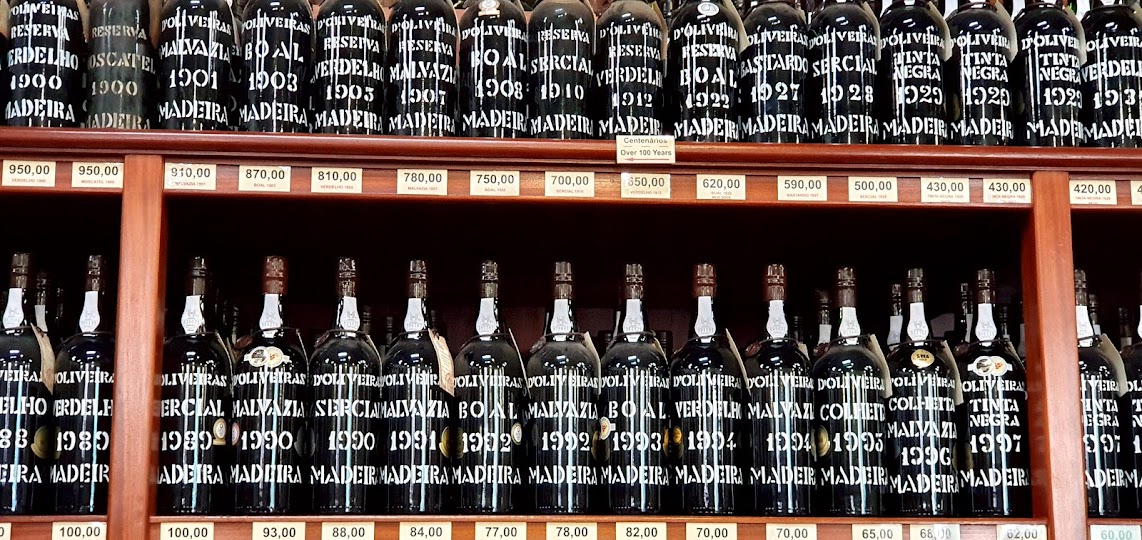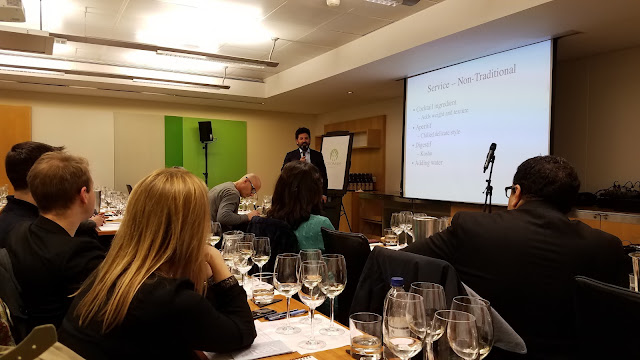 |
| Consegna della guida AIS al direttore Grossi |
Il Club AIS ringrazia l'istituto ed il direttore Paolo Grossi per la generosa ospitalità.
L'evento si è inserito nella "settimana sulla gastronomia italiana" organizzata da vari anni dal Ministero degli Esteri e della Cooperazione presso le sedi diplomatiche in tutto il mondo.
La manifestazione è cominciata con una presentazione di Marco Carnovale, rappresentante AIS a Bruxelles, sul vino della Sicilia.
L'evento si è svolto in lingua italiana, in linea con la missione dell'istituto, ed ha vista l'affluenza numerosa (tutto esaurito!) della comunità italiana residente in Belgio come pure di molti belgi ed altri espatriati che parlano la nostra lingua.
La presentazione è visibile online.
La manifestazione è cominciata con una presentazione di Marco Carnovale, rappresentante AIS a Bruxelles, sul vino della Sicilia.
L'evento si è svolto in lingua italiana, in linea con la missione dell'istituto, ed ha vista l'affluenza numerosa (tutto esaurito!) della comunità italiana residente in Belgio come pure di molti belgi ed altri espatriati che parlano la nostra lingua.
La presentazione è visibile online.
È quindi seguita una degustazione di vini siciliani, con la partecipazione dei seguenti produttori: Firriato, Planeta, Tasca d'Almerita, Regaleali, Villagrande, Feudo Arancio, Cusumano, Nanfro, Palari, Tenute Orestiadi, Tenuta Terre Nere, Morgante.
Il nostro ringraziamento va anche agli importatori di vino siciliano (e di tutta Italia) in Belgio per la loro entusiasta e generosa partecipazione: Licata, rappresentata da Calogero Licata, siciliano, una colonna dell'importazione di vino italiano di qualità in Belgio da quasi 40 anni.
Biagio Sorce, anche lui siciliano, ha portato i vini di Young Charly.
 |
| Marian aiuta gli appassionati a degustare |
Invece Roberto Marcon, che siciliano non è ma importa anche vini siciliani a Bruxelles, ha rappresentato Marcon Vini.
Gianfranco Raineri importa vino italiano nel Limburgo ed è stato rappresentato da Marian Cansse.
Svariati produttori hanno anche condiviso un assaggio del loro olio di oliva extravergine a completamento della panoramica sulle eccellenze siciliane.
 |
| Biagio spiega il vino siciliano |
 |
| Roberto e Roberto all'opera |
 |
| Luca mesce per gli appassionati |







